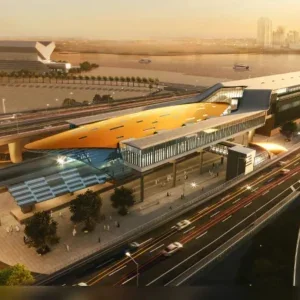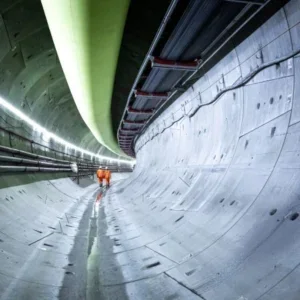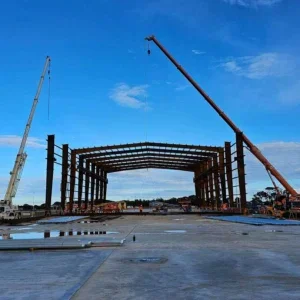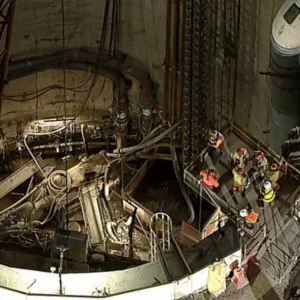Thames Water launched a 14-week public consultation today on plans for the proposed Thames Tunnel, which will significantly reduce sewage discharges into the River Thames.
The tunnel will run up to 20 miles (32km) from its starting point in west London, and will broadly follow the route of the river at a depth of up to 75 metres, to the east of Tower Bridge before going one of three ways:
• north east to connect to the Lee Tunnel at Abbey Mills in Stratford – the shortest of the proposed routes;
• east following the river and crossing the Greenwich peninsular up to Beckton Sewage Works in Newham;
• or south east, straight to Greenwich and then on to Beckton.
Public exhibitions will be held across London from 27 September until 22 October 2010. This will provide interested parties with an opportunity to understand and influence the development of the project, and have their say on the preferred route and construction sites.
London’s Victorian sewer network is not big enough to cope with a 21st century city that has trebled in size since 1850 and is continuing to grow. Many green spaces have been concreted over, preventing natural drainage and causing more water to enter the sewers.
There are 57 overflow points along the river, which were built as a safety feature to prevent the sewers – which capture both sewage and rainfall – from backing up into streets and gardens when full. Used only occasionally in the 19th century during a heavy storm, these overflows can now discharge sewage into the river after as little as just 2mm of rainfall. This happens around once a week on average.
Martin Baggs, Thames Water’s Chief Executive, said: “Allowing sewage to continue to overflow into the river at the current frequency is unacceptable. This causes significant environmental damage – killing fish, polluting the river for those who wish to use and enjoy it and affecting the wellbeing of our capital.
“We have got a plan to tackle this problem and have already started work on the £635M four-mile (6.5km) Lee Tunnel in east London and our £675m upgrades at London’s five major sewage works.
“The proposed Thames Tunnel is the final and most challenging piece of the overall plan. The new coalition Government has told us it wants us to press forward with the tunnel, which is the most appropriate and cost-efficient way of tackling the big and growing problem of sewage entering the River Thames.
“We have done extensive studies to develop options for the tunnel route, which includes a solution that minimises the number of construction sites needed to build it, reducing disruption for London. It is now time for everyone to review these plans and







